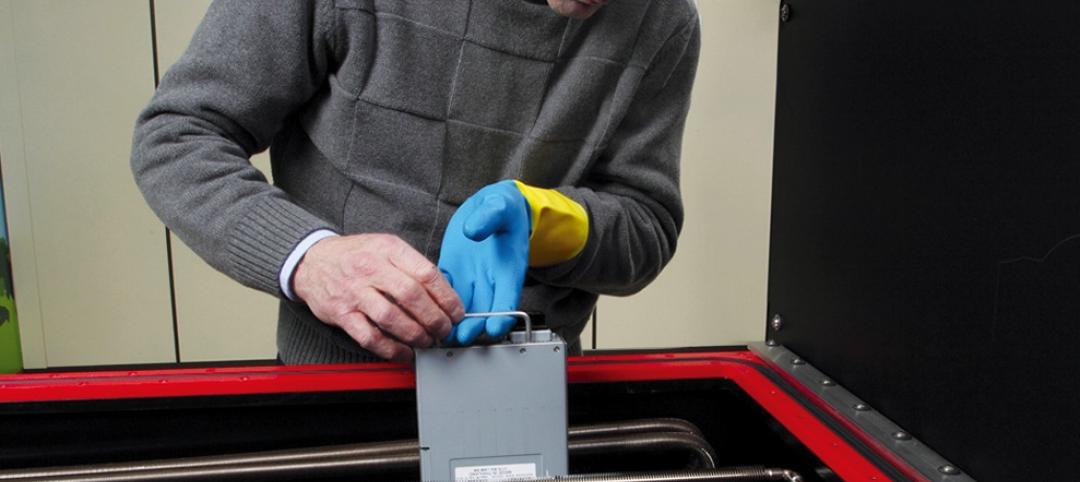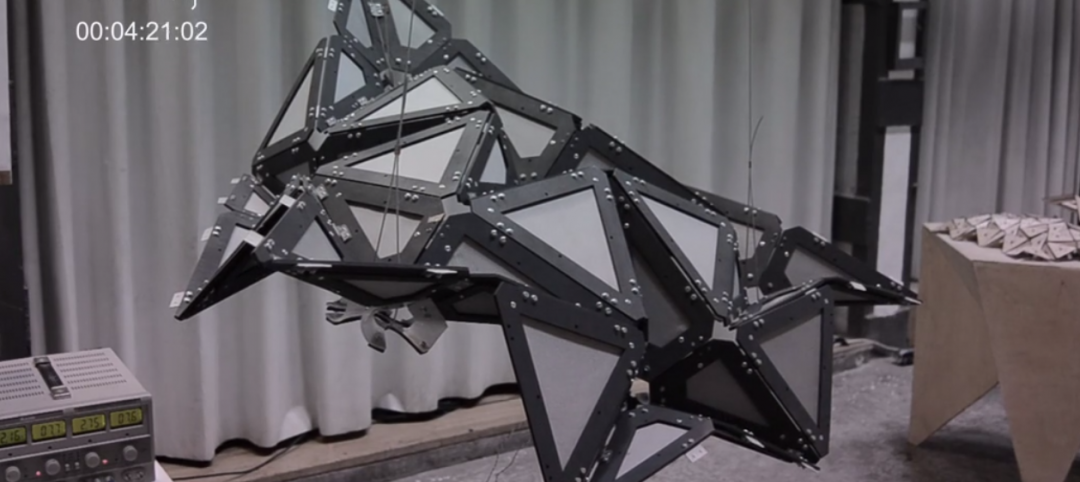Like a game Snake come to life, a new robot being developed at Stanford grows like a vine and has the ability to weave through tight spaces to provide applications from disaster relief to simplifying construction projects.
The main idea behind the robot is uncomplicated; the “snake” is a tube of soft thin plastic that is folded inside itself. As the material is forced out, either pneumatically or hydraulically, the robot grows longer. According to Stanford, the robot’s design is so useful because the tip moves and results in growth while the body remains stationary, making it incredibly difficult for the robot to become stuck.
“The body can be stuck to the environment or jammed between rocks, but that doesn’t stop the robot because the tip can continue to progress as new material is added to the end,” says Elliot Hawkes, a visiting Assistant Professor from the University of California, Santa Barbara in a Stanford article on the robot.
As the robot grows, it can pull cables along, which means it could be used in the construction industry to help wire new and renovated buildings by traveling in the walls, floors, or ceilings. The robot can make turns via a control system that differentially inflates the body and a software system bases direction decisions on images received from a camera at the tip, so pipes or other obstacles already located in the wall, ceiling, or floor space become non-issues.
Other applications include scaling the robot up for search and rescue operations, growing vertically to act as an antenna, or being used to deliver materials, such as water, to hard to reach places.
The robot is detailed in a Science Robotics paper published on June 19.
Related Stories
| Dec 29, 2014
HealthSpot station merges personalized healthcare with videoconferencing [BD+C's 2014 Great Solutions Report]
The HealthSpot station is an 8x5-foot, ADA-compliant mobile kiosk that lets patients access a network of board-certified physicians through interactive videoconferencing and medical devices. It was named a 2014 Great Solution by the editors of Building Design+Construction.
| Dec 28, 2014
Robots, drones, and printed buildings: The promise of automated construction
Building Teams across the globe are employing advanced robotics to simplify what is inherently a complex, messy process—construction.
BIM and Information Technology | Dec 28, 2014
The Big Data revolution: How data-driven design is transforming project planning
There are literally hundreds of applications for deep analytics in planning and design projects, not to mention the many benefits for construction teams, building owners, and facility managers. We profile some early successful applications.
| Dec 23, 2014
5 tech trends transforming BIM/VDC
From energy modeling on the fly to prefabrication of building systems, these advancements are potential game changers for AEC firms that are serious about building information modeling.
| Dec 17, 2014
ULI report looks at growing appeal of micro unit apartments
New research from the Urban Land Institute suggests that micro units have staying power as a housing type that appeals to urban dwellers in high-cost markets who are willing to trade space for improved affordability and proximity to downtown neighborhoods.
| Nov 3, 2014
Novel 'self-climbing' elevator operates during construction of high-rise buildings
The JumpLift system from KONE uses a mobile machine room that moves upward as the construction progresses, speeding construction of tall towers.
| Oct 14, 2014
Slash energy consumption in data centers with liquid-based ‘immersive-cooling’ technology
A new technology promises to push the limits of data center energy efficiency by using liquid instead of air to cool the servers.
| Sep 10, 2014
Must See: Shape-shifting architecture that responds to heat
Students in Barcelona have created a composite material using shape memory polymers that can deform and return to their original state when activated by cues like heat, humidity, and light.
| Aug 4, 2014
Facebook’s prefab data center concept aims to slash construction time in half
Less than a year after opening its ultra-green, hydropowered data center facility in Luleå, Sweden, Facebook is back at it in Mother Svea with yet another novel approach to data center design.
| Aug 4, 2014
BIM Giants: Firms enhance BIM/VDC with advanced collaboration tools [2014 Giants 300 Report]
Cloud-based data sharing, rapid iterative design, and cross-discipline collaboration are among the emerging trends in the BIM/VDC field, according to BD+C's 2014 Giants 300 Report.

















